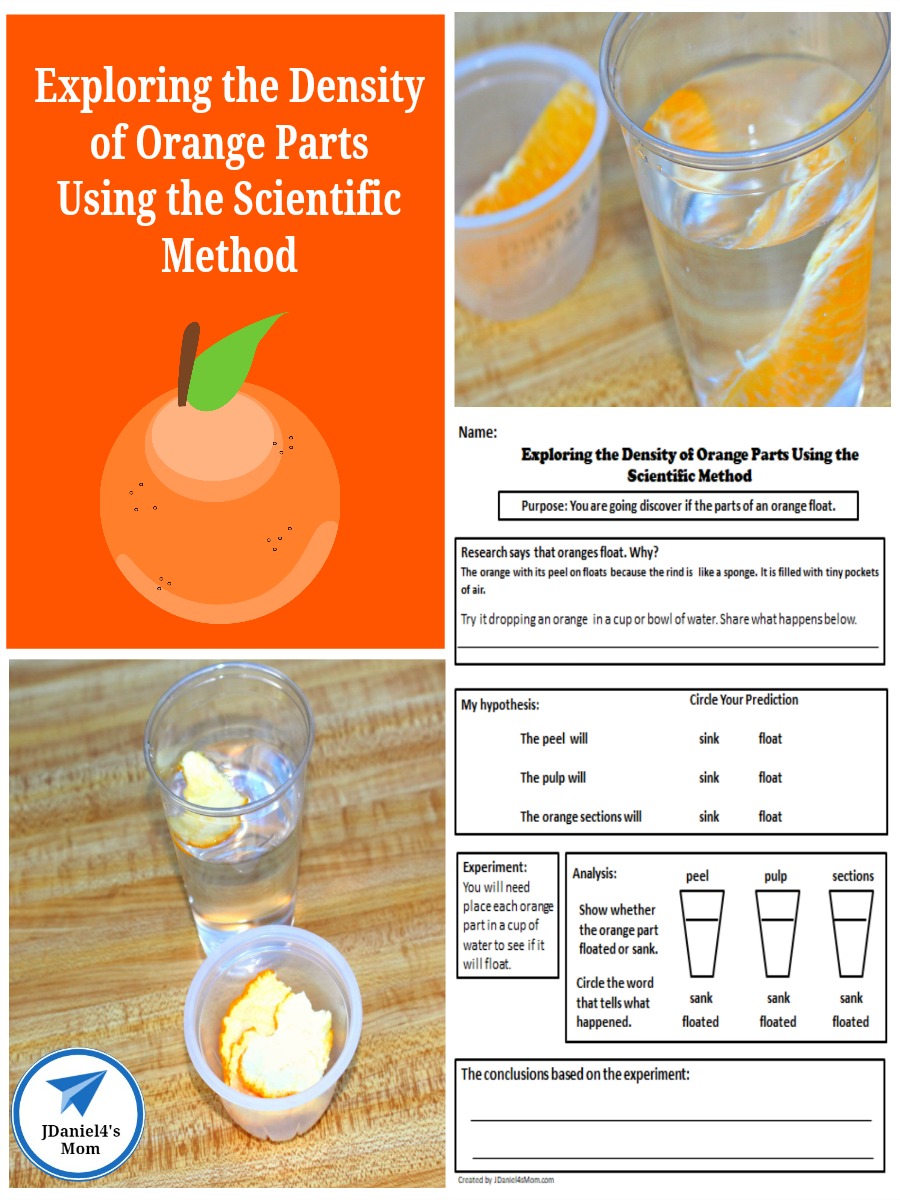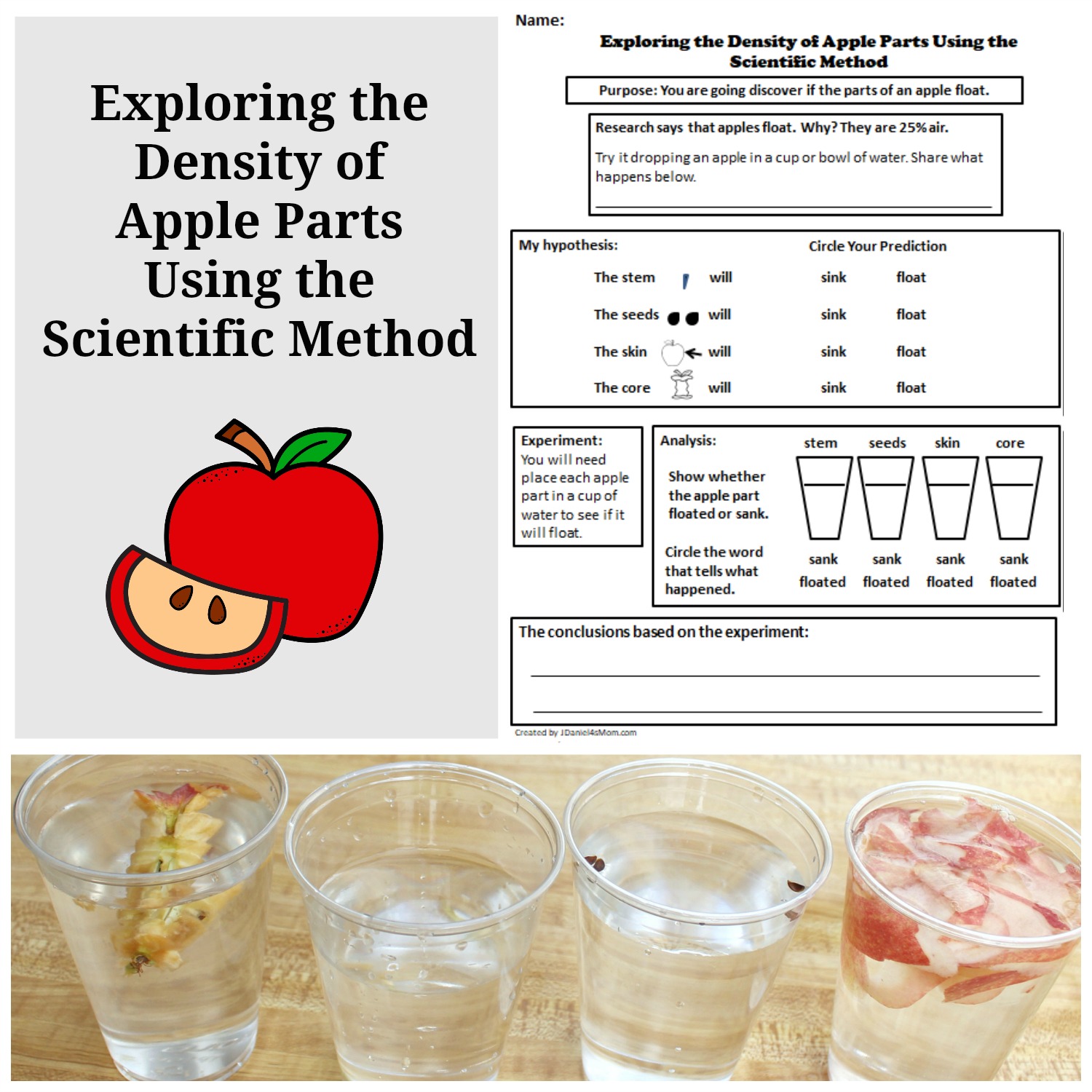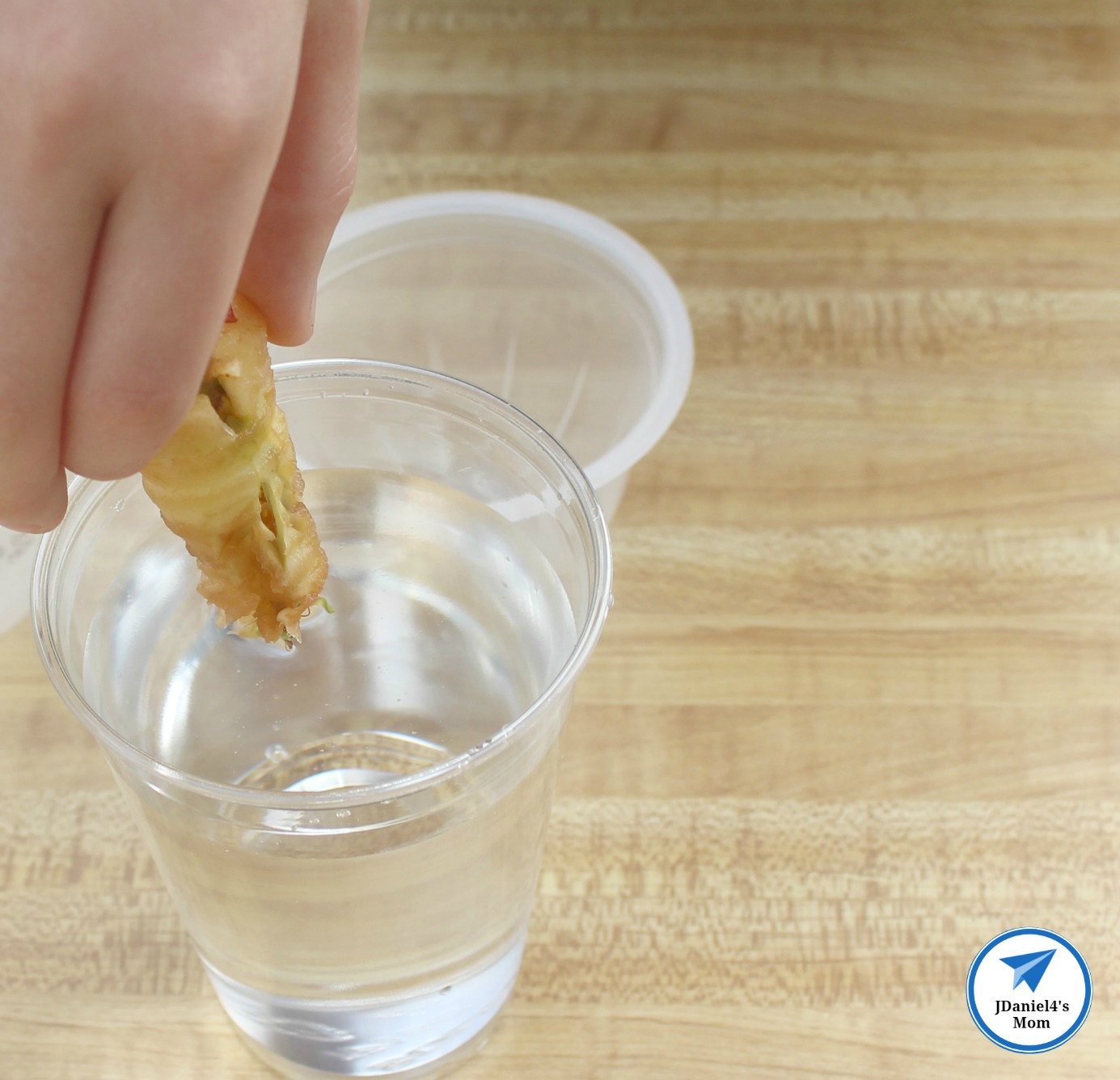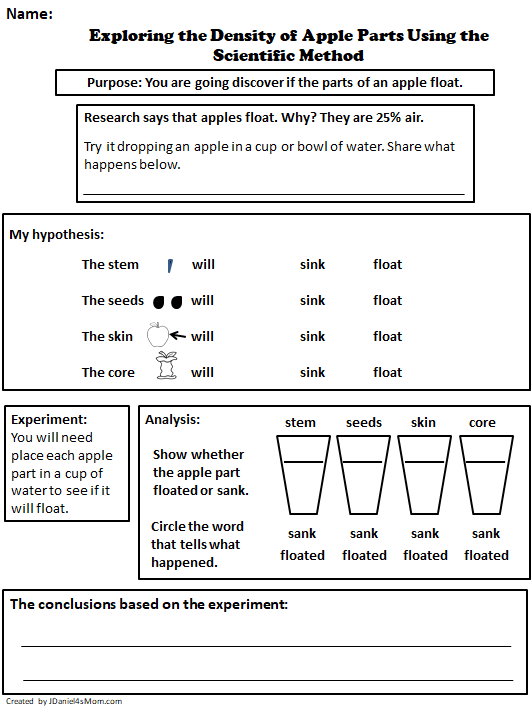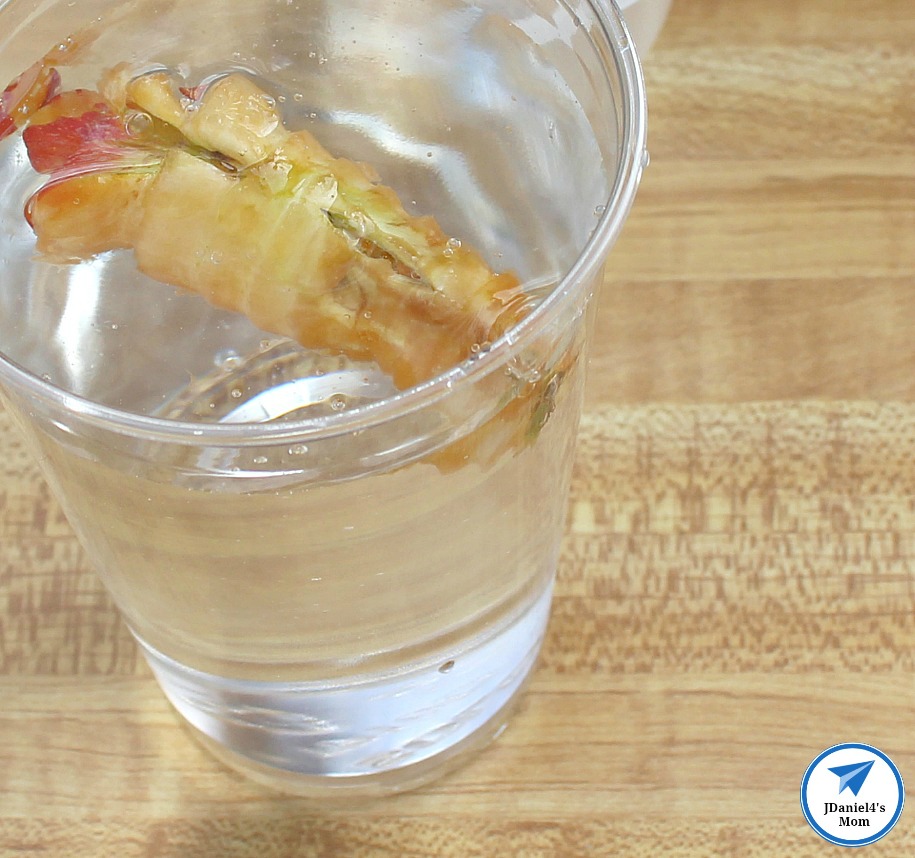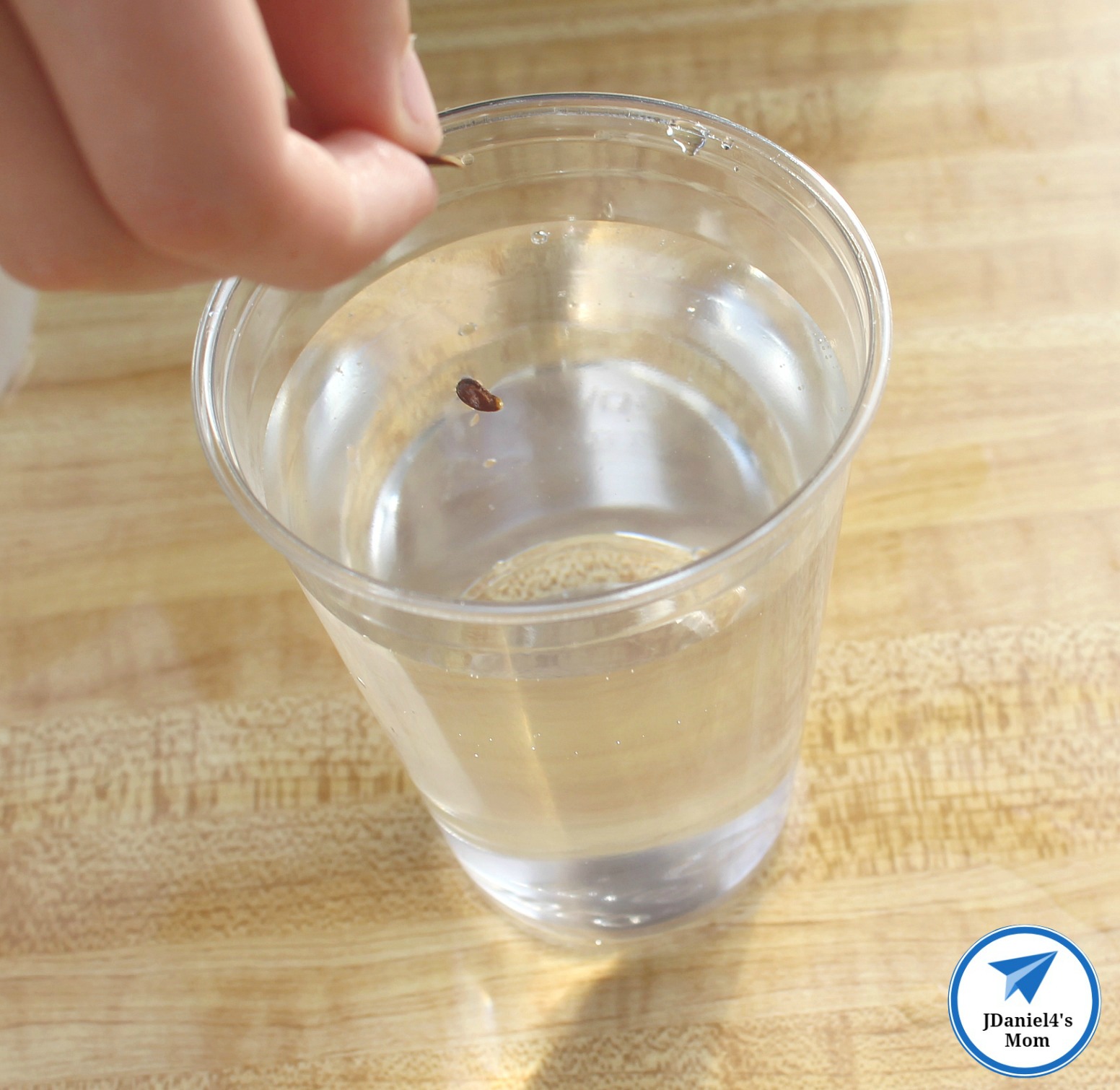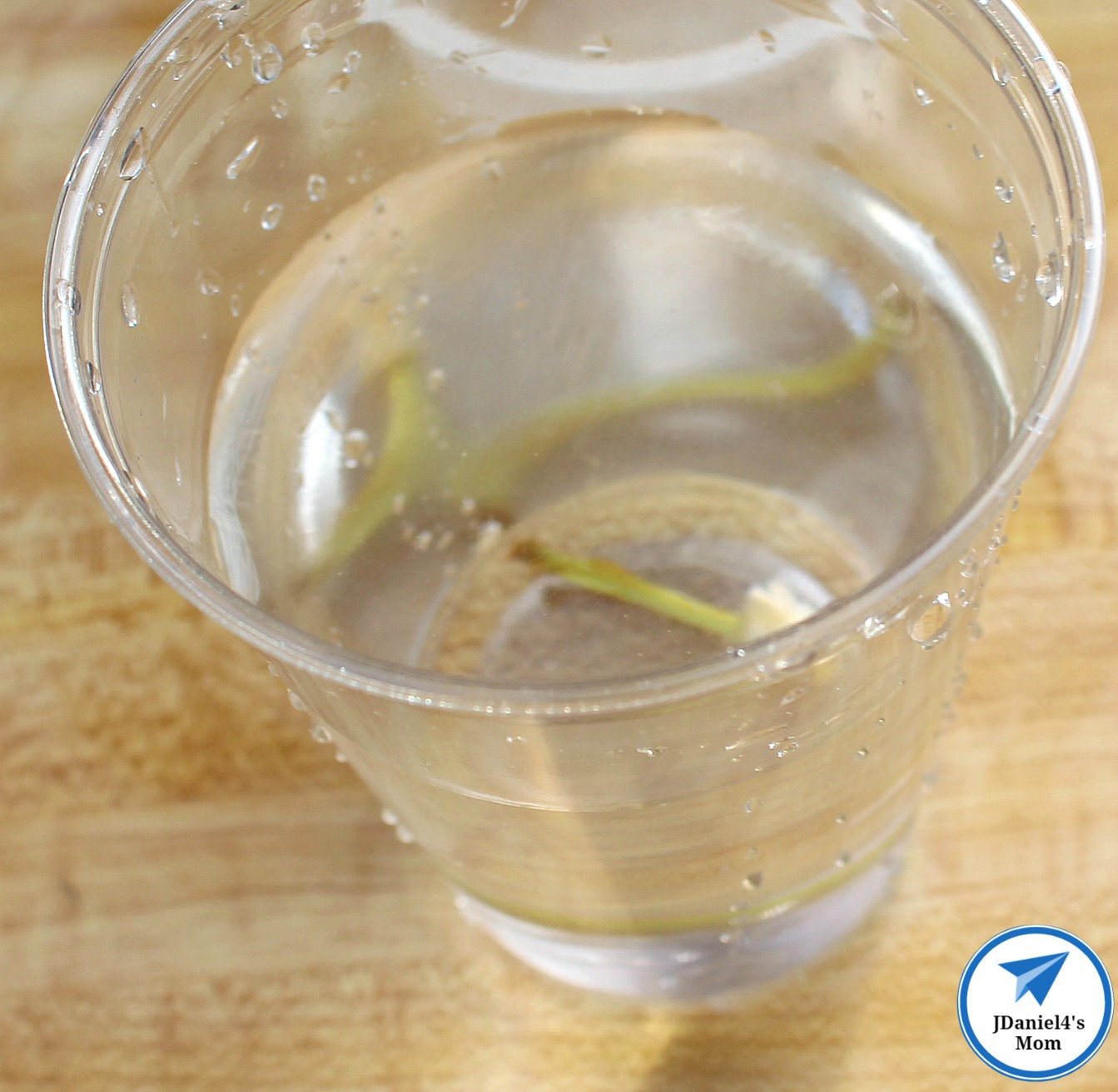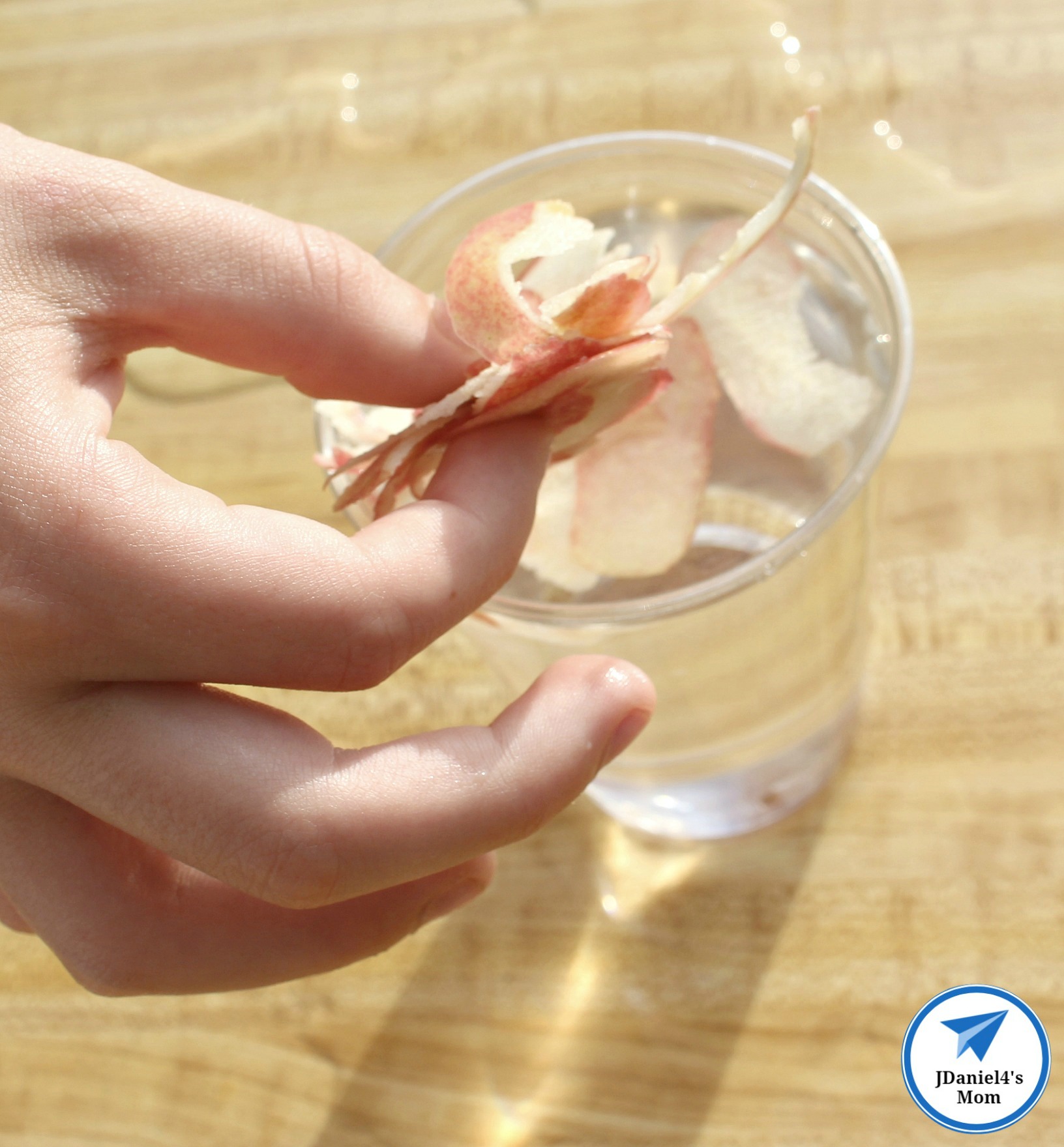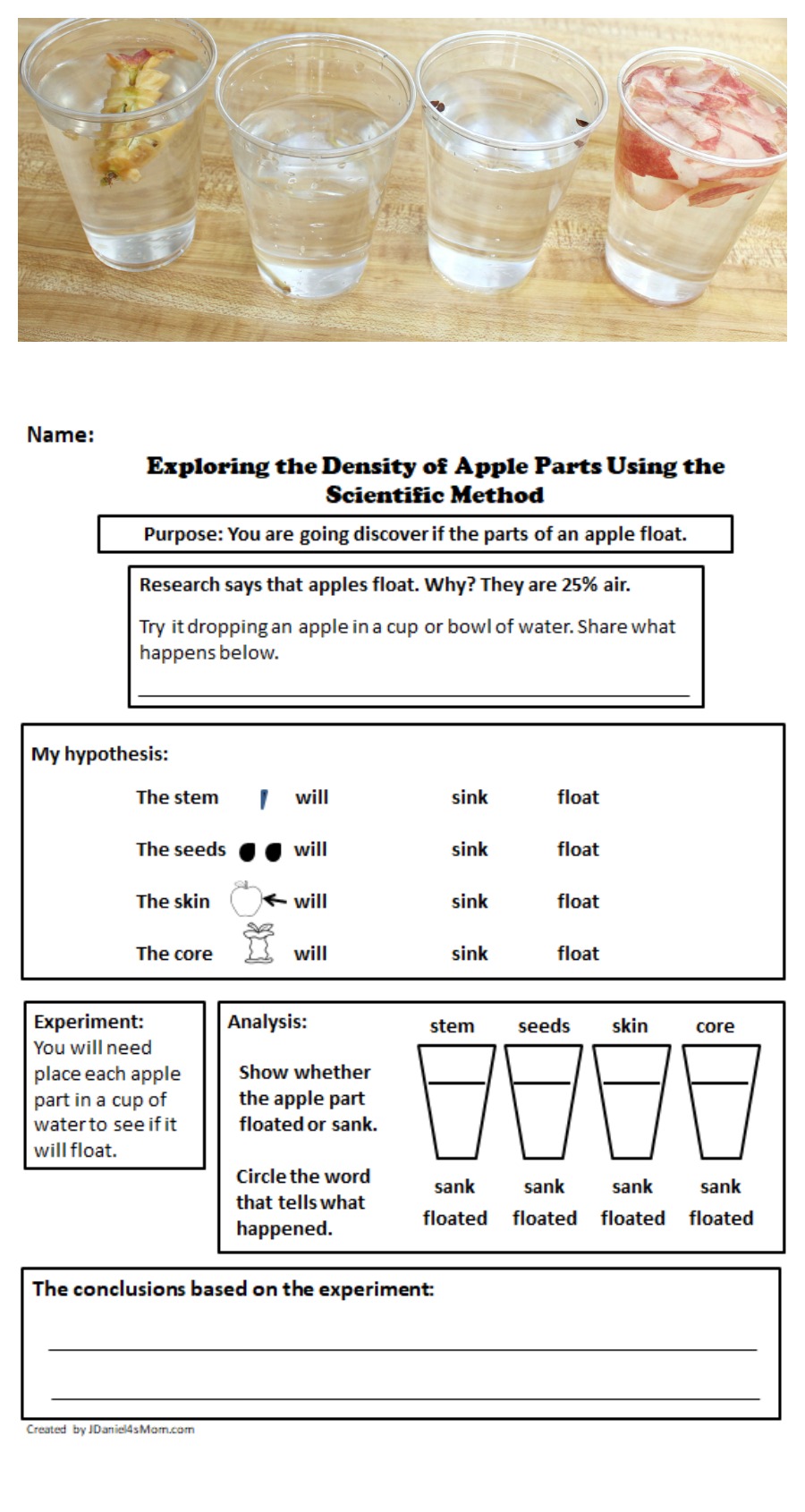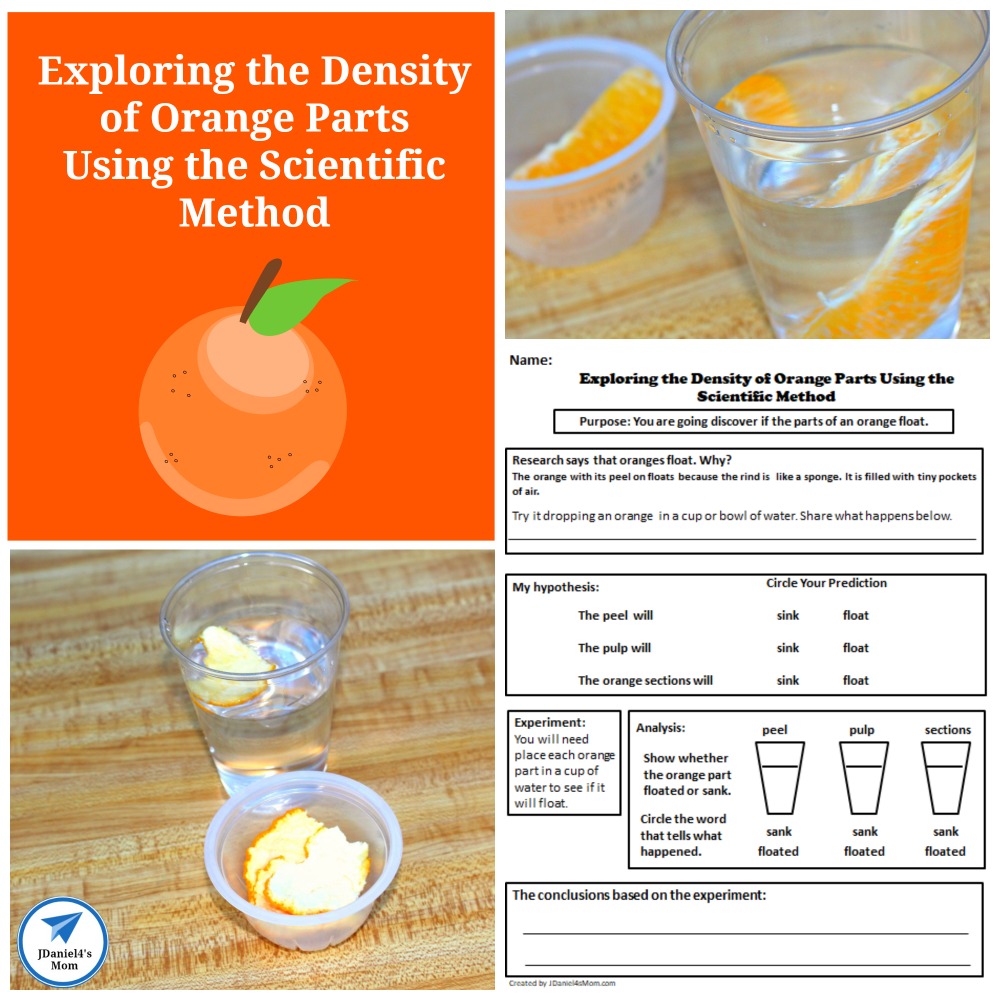
Your children will have fun discovering which parts of an orange float. They may even be surprised by their finding! If your children have already conducted apple or grape density experiments, they may have already formed opinions on what parts of fruits float. They may have also decided which parts of fruits sink.
Apples, grapes, and oranges are each a little different. Apples are 25% air, but not all their parts float. Grapes are heavier or denser and water. They sink in plain water. An orange with its peel on floats. The rind is like a sponge and is filled with tiny pockets of air.

Before Conducting the Experiment Why Not Read a Book
I love to read books related to the activity we will be working on before starting the activity. Below you will find some books about the scientific method.
Downloading the Orange Parts Scientific Method Worksheet
Once you have downloaded the Exploring the Density of Orange Parts Using the Scientific Method Free Printable Worksheet, you can open it up in Acrobat reader. Then you can print out a copy for each of your students.
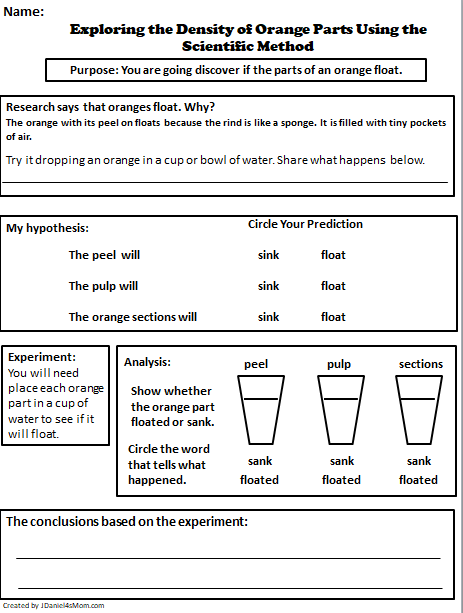
Conducting the Experiment Using the Scientific Method
Your children will start the experiment by observing whether a whole orange will float. Then you can explain what I shared with your above. An orange is porous and like a sponge. They can also write down what they have observed.

The next step will be for your children to create a hypothesis about the peel, pulp, and slices of an orange. They will do that by simply circling the word sink or float beside each of the parts.
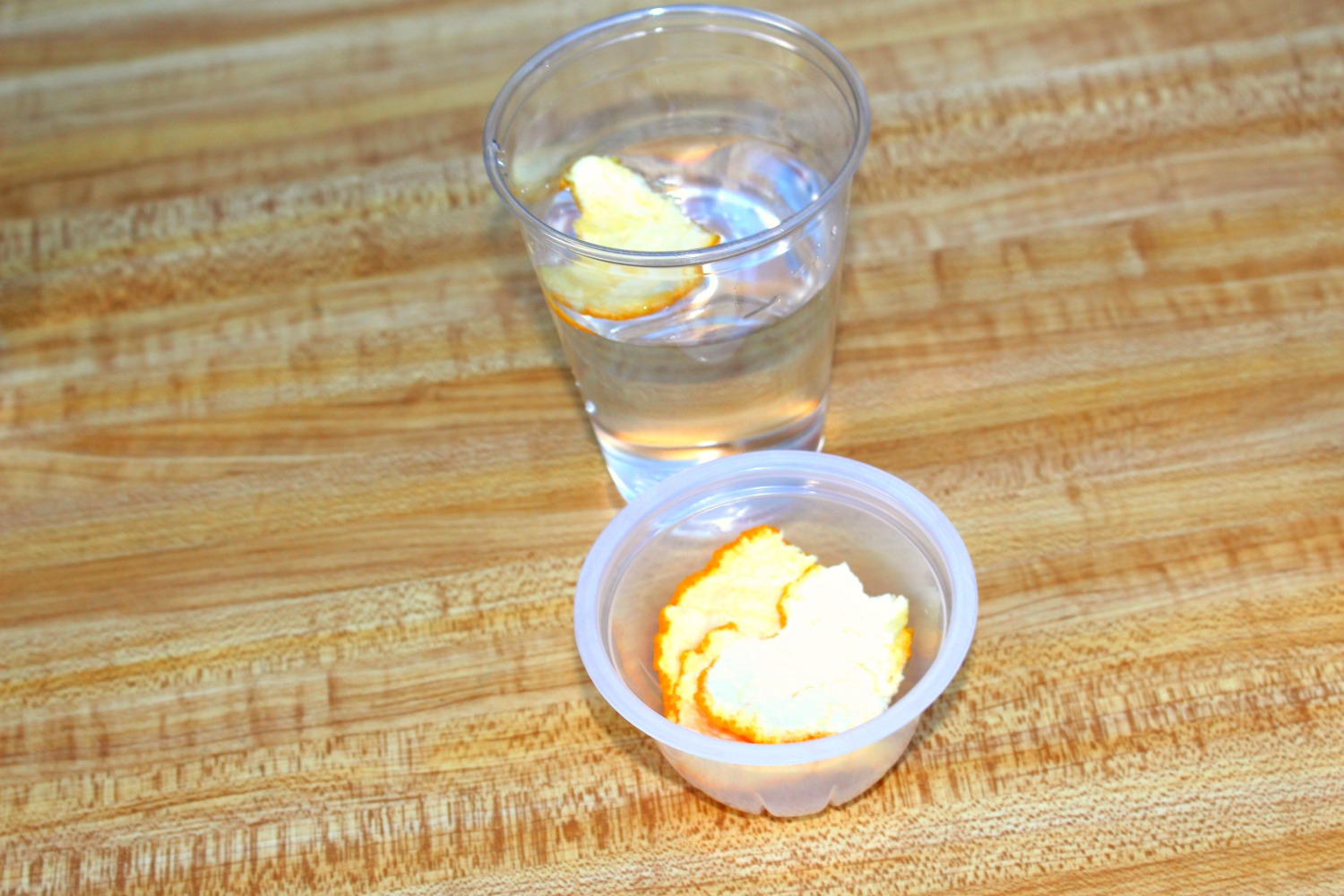
Your children will then test out their hypothesis. They will need to analyze each part of their orange and decide if it has floated or sunk to the bottom of the glass.

Finally, they will need to draw conclusions based on what they have observed.
If you like this experiment, you will love the experiments below:
Exploring the Five Senses with Edible Slime
